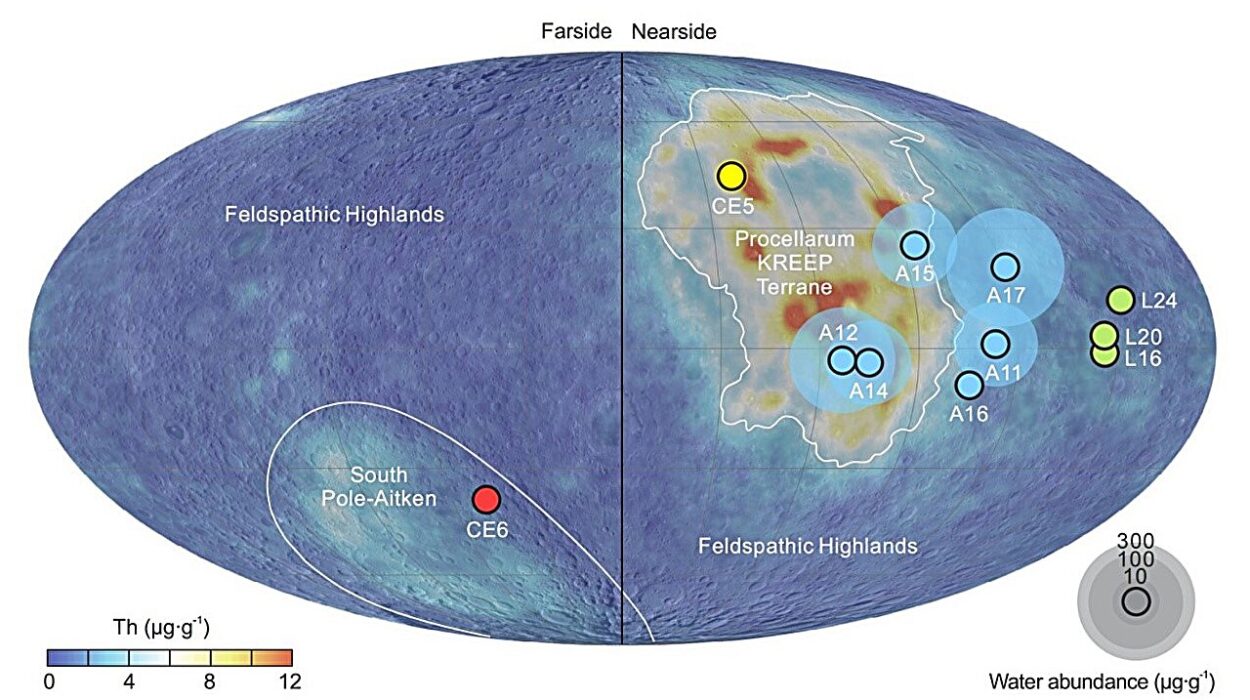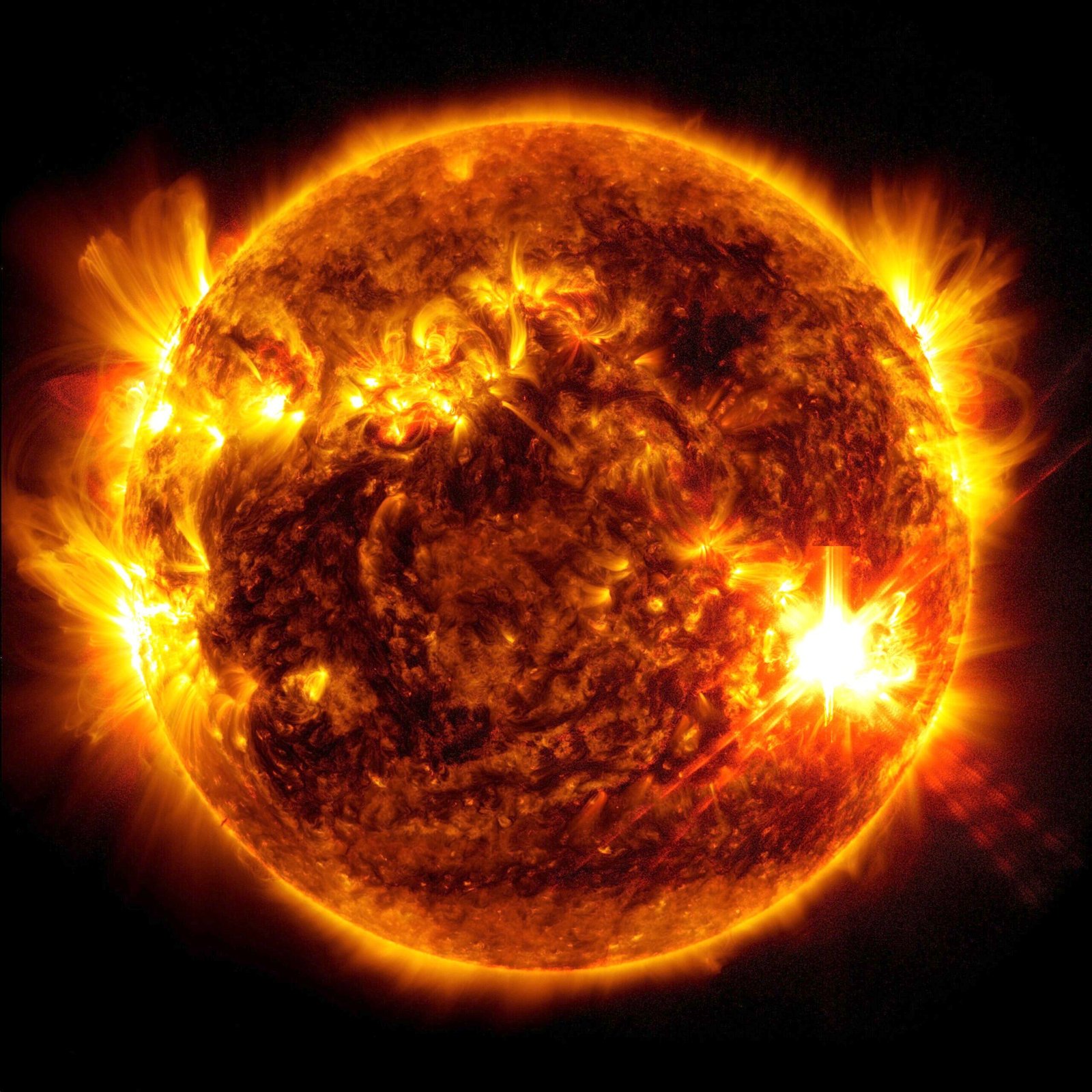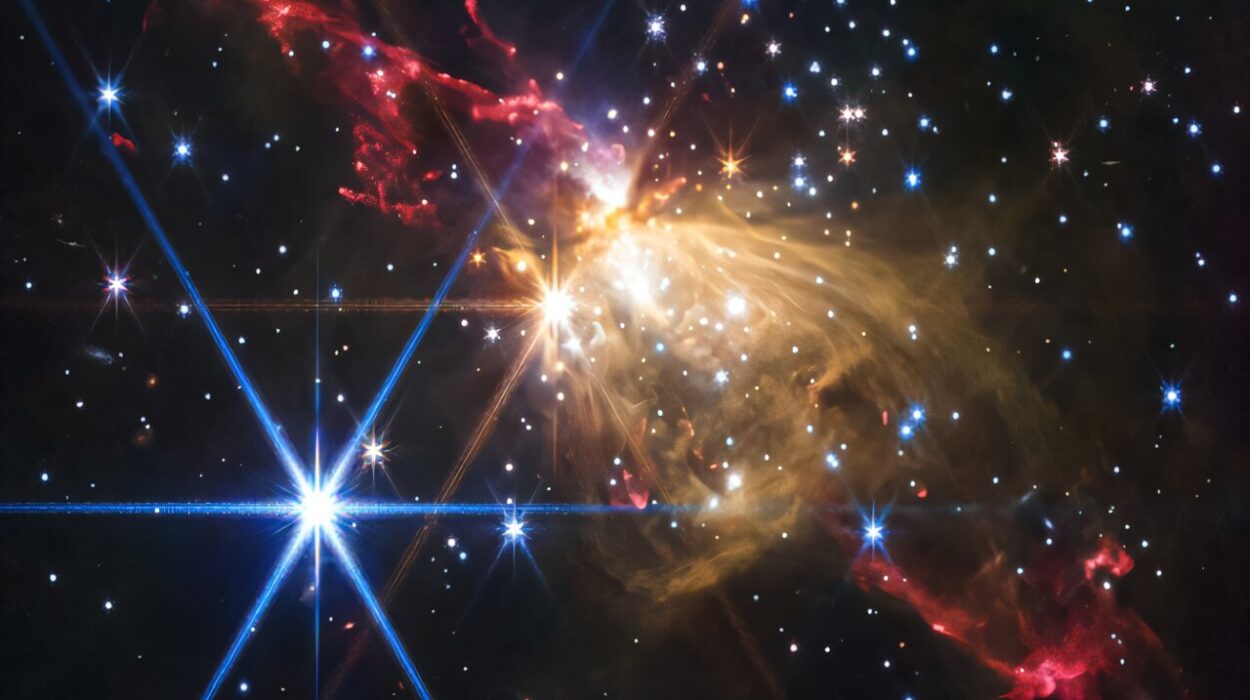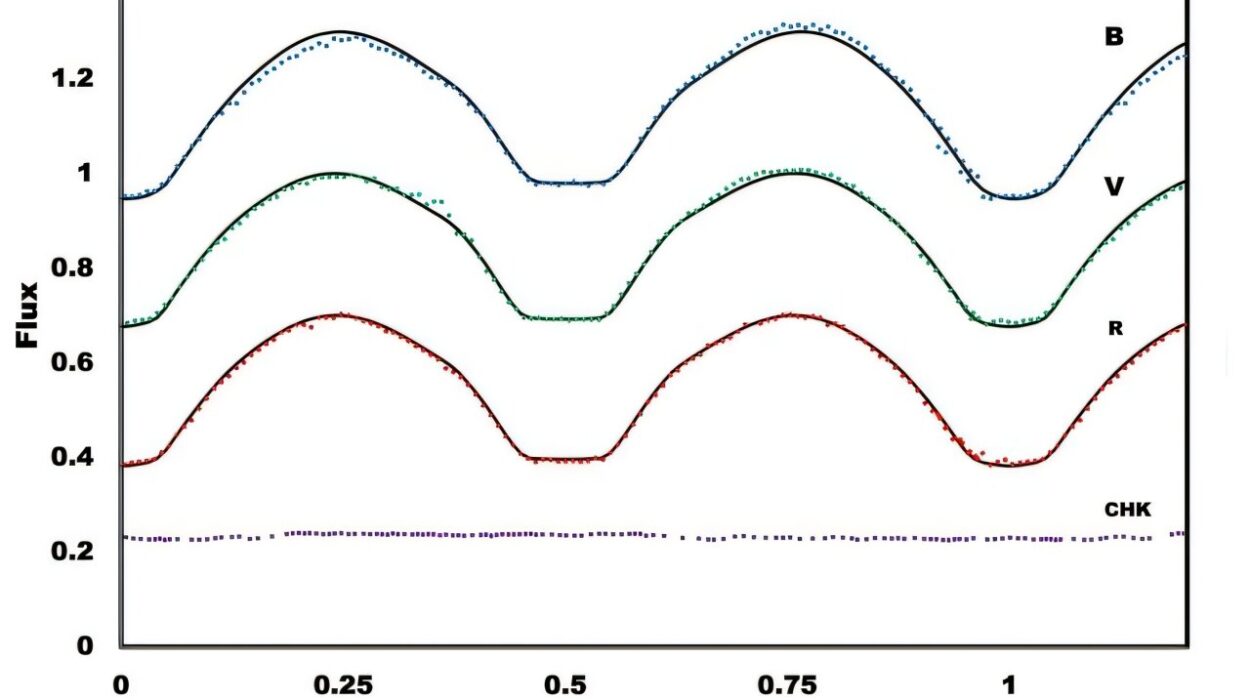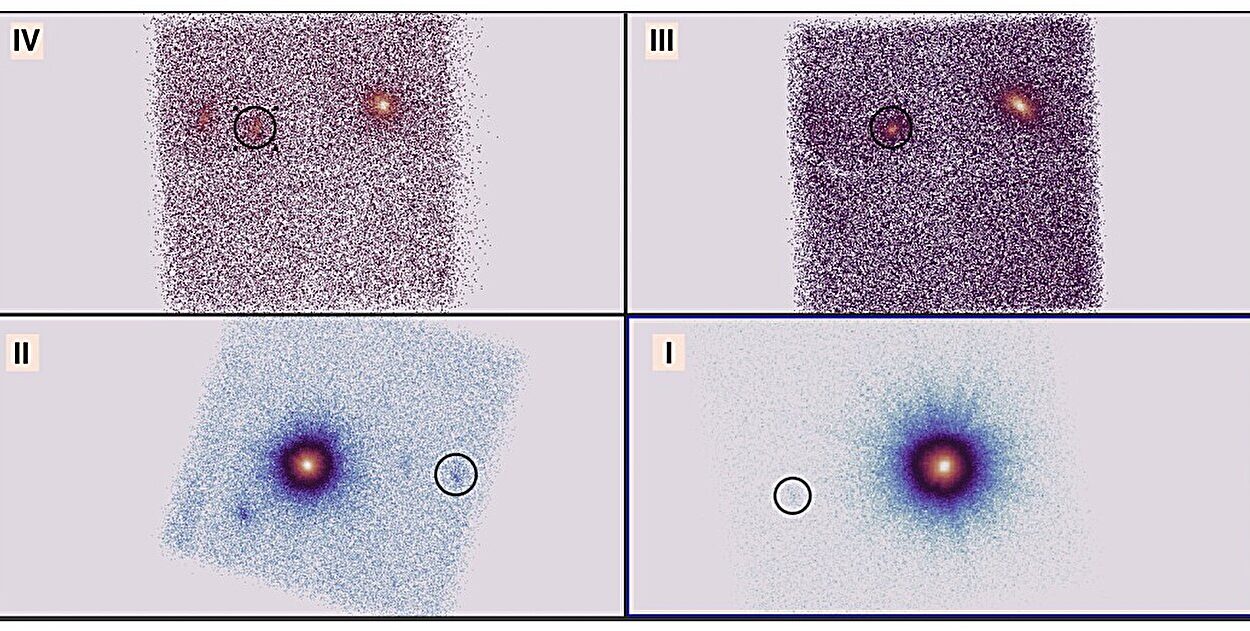The story of the universe has always been a story written in light—from the afterglow of the Big Bang to the birth of stars and galaxies. But in the shadows of that story, hidden from view, lies an equally profound force: black holes. Once thought to be rare monsters lurking at the heart of only the most massive galaxies, black holes are now emerging as essential players in the earliest chapters of cosmic evolution. For decades, astronomers have debated how important black holes really were in shaping the early universe. Now, thanks to groundbreaking research using the James Webb Space Telescope, we are finally glimpsing the truth—and it’s more complex, and more beautiful, than we imagined.
A Telescope Designed to Chase Ghosts
The James Webb Space Telescope (JWST) was never meant to simply continue where Hubble left off—it was engineered to look farther, deeper, and older. With its golden mirrors and powerful infrared vision, it can detect faint light from galaxies that existed just a few hundred million years after the Big Bang. These are the toddler years of the universe—long before our solar system was even a whisper in the dark.
One of JWST’s most ambitious missions is the JADES project—the JWST Advanced Deep Extragalactic Survey. With each new data release, JADES opens a deeper portal into the distant past. Its third data release alone added over 4,000 new spectra—spectral fingerprints of galaxies light-years and eons away. Among these were 600 extremely distant galaxies, each whispering secrets from when the universe was still young, chaotic, and forming its first large structures.
These weren’t just distant. They were ancient. When we observe them, we’re not just looking far into space—we’re looking billions of years back in time.
The Black Holes No One Saw Coming
Until recently, the dominant theory was that only the brightest and biggest black holes—called active galactic nuclei (AGNs)—mattered during early cosmic evolution. These AGNs, powered by ravenous black holes feeding on dust and gas at galactic centers, emit intense light across the electromagnetic spectrum. They shine like beacons, easy to detect even from billions of light-years away.
But that brightness came with a blinding cost: it made it hard to detect fainter, less active black holes. Most surveys filtered out these dim signals, assuming little else was there. That assumption left a gap in our understanding, like trying to explain a forest by only counting the tallest trees.
Sophia Geris and her team at the University of Cambridge suspected there was more beneath the surface. Using the latest JADES data, they set out to find the invisible. They stripped out all known AGNs from their sample—those bright, overachieving black holes that dominate astronomical surveys. What they were looking for was subtler: the faint whispers of smaller, quieter black holes, ones that had gone largely unnoticed until now.
Layer by Layer, A Hidden Universe Emerges
To reveal these elusive objects, the team used a method as elegant as it was powerful: spectral stacking. They combined the light from multiple similar galaxies, aligning and averaging their spectra to amplify any faint, shared signals. Think of it like overlaying multiple ghostly fingerprints until the image comes into focus.
What they were looking for was a specific kind of light: broad hydrogen-alpha (Hα) emission lines—signatures of hot, fast-moving gas swirling near a black hole. This type of light is one of the clearest indicators that a black hole is actively feeding, even if only modestly. It’s a cosmic fingerprint of a phenomenon so extreme, it bends both light and time.
But Hα light can come from other sources too—supernova explosions or galactic winds, for example. So the team carefully ruled out these imposters. What they were left with were dozens of previously undetected faint AGNs, nestled within ancient galaxies at high redshifts—meaning, very far away and very, very old.
And the black holes powering these AGNs? They were small. Not tiny by everyday standards—each weighed in at about a million times the mass of our Sun—but small in comparison to the behemoths previously catalogued from the same era.
The Universe’s Missing Puzzle Piece
This discovery does more than just add dots on a cosmic map—it helps solve a longstanding astronomical mystery.
In previous studies, many of the black holes detected in early galaxies seemed too big for their homes. These black holes, with masses rivaling those in the modern universe, appeared at times when galaxies themselves were still relatively puny. It was as if skyscrapers had risen in towns with no foundations.
That led to an idea that perhaps black holes formed first, and galaxies grew around them. But this new study suggests a different possibility—a quieter, more democratic universe, where galaxies and their black holes grew together, gradually and in balance. These newly discovered smaller black holes fit comfortably within their galactic homes. They don’t dominate them—they co-evolve.
It also supports the notion that black holes of all sizes, not just the cosmic giants, played crucial roles in early galaxy evolution. These smaller black holes could still influence star formation, regulate gas flows, and shape galactic structure, even if they didn’t shine as brightly or grow as fast. In short, they were quiet architects, not just passive passengers.
Why It Matters: A New Vision of Creation
Black holes are no longer just exotic endpoints of stellar death. They are central to the life cycle of galaxies. And galaxies are the scaffolding of the universe—the nurseries where stars are born, where planets form, and where life might one day arise. By finding these smaller, hidden black holes, the study by Geris and her colleagues deepens our understanding of how structure emerged from chaos.
It also emphasizes the importance of deep, subtle observation. What we’ve missed in the past wasn’t because it wasn’t there—it was because we weren’t listening carefully enough. JWST has changed that. Its power lies not just in seeing further, but in seeing faintly. And sometimes, the faintest signals carry the greatest truths.
Looking Ahead: The Age of Discovery Has Just Begun
The James Webb Space Telescope is still in its early days. More data releases are coming. More spectra. More galaxies. More time capsules from the ancient cosmos. Each one brings the potential for discovery—not just of new stars or galaxies, but of new ways to think about existence itself.
We are now entering an age where the silent majority of black holes—those modest in mass but mighty in meaning—are being heard. These objects, long invisible, are now central to the story of how everything we see around us came to be.
We once believed the universe was born in light. But now we know: darkness had a voice, too. And it helped write the first verses of the cosmic poem.
Reference: Sophia Geris et al, JADES reveals a large population of low mass black holes at high redshift, arXiv (2025). DOI: 10.48550/arxiv.2506.22147

